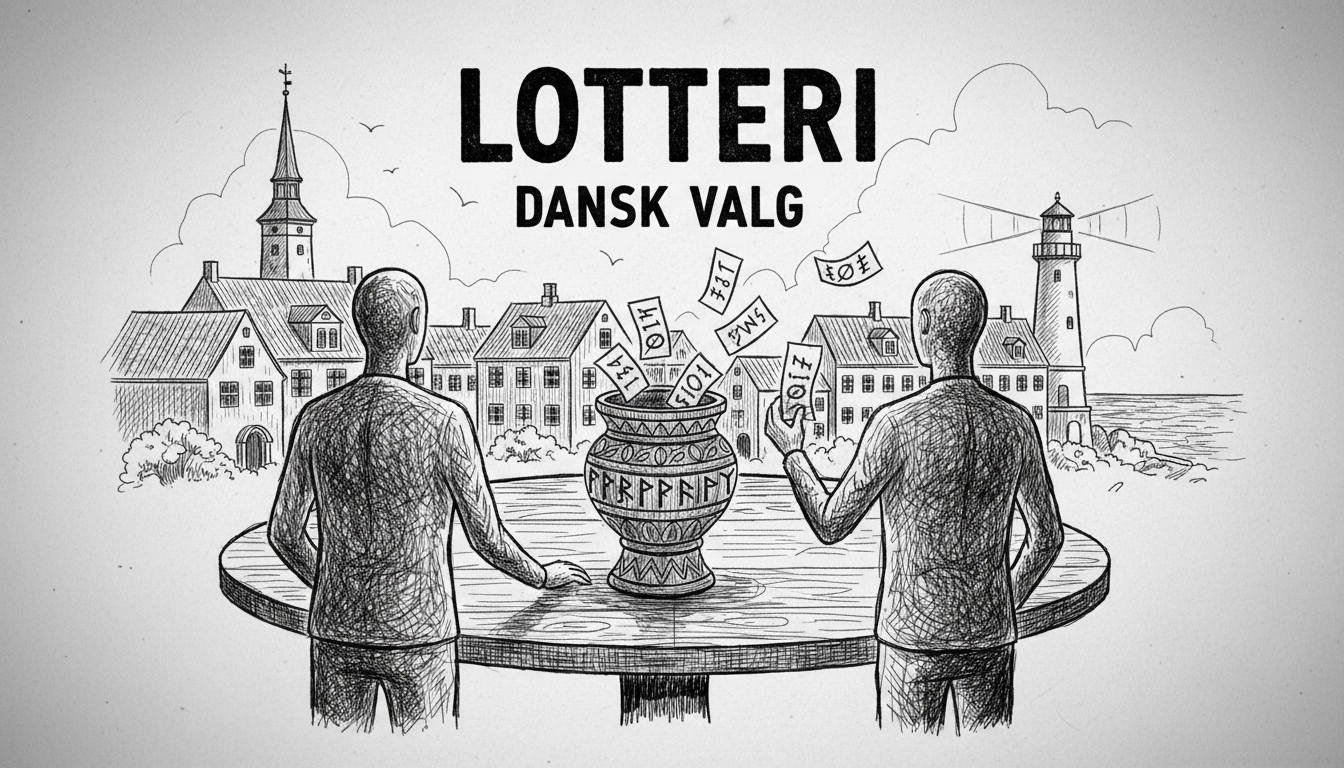Two Danish islands resorted to lottery draws this week to determine the final seats in their municipal councils. The unusual situation occurred when candidates received identical numbers of votes in local elections.
On Langeland Island, two Social Democrat candidates both received exactly 19 personal votes. Election officials conducted an electronic lottery that ultimately selected Kim Welcher for the council seat. The winning candidate acknowledged the unusual circumstances of his election victory.
He stated that some people might question his legitimacy given the low vote count and random selection process. Welcher previously served on the same council from 2014 to 2021, though he represented a different political party during that earlier term.
Læsø Island faced a similar situation where two Liberal Party candidates tied with 19 votes each. Meanwhile, two Conservative candidates both received exactly 11 votes. After careful counting and subsequent lottery draws, the seats went to Jens Fjeldal from the Liberal Party and Michael M. Hansen from the Conservative Party.
Fjeldal described the experience as both special and somewhat strange. He noted that having an election decided by chance rather than votes felt unusual for democratic politics.
This marks the second consecutive municipal election where lottery draws determined council seats. In the previous municipal elections, four similar situations occurred across Denmark. Two Liberal politicians in Kolding both received 332 votes, forcing officials to use traditional lottery methods. Another case in Favrskov municipality saw two Liberal candidates tie with 280 votes each.
Danish election law specifically addresses vote ties by mandating random selection processes. The system ensures that every council seat gets filled even when candidates receive identical support from voters.
While smaller municipalities like Langeland and Læsø completed their counts, several larger municipalities continued tallying personal votes through Wednesday afternoon. The election process highlights how close races can trigger unexpected outcomes in Denmark's proportional representation system.
Meanwhile, Lolland municipality experienced a completely different scenario. The Denmark Democrats performed so strongly that they won five council seats despite only fielding four candidates. Their surplus mandate automatically transferred to a Conservative candidate who otherwise wouldn't have secured election.
Political analysts note that such close races and unusual outcomes demonstrate both the precision of Denmark's vote-counting systems and the mathematical probabilities inherent in proportional representation. While lottery draws remain rare, they provide a constitutional mechanism for resolving electoral deadlocks that can occur in any close election.
The situation raises questions about democratic legitimacy when chance rather than voter preference determines outcomes. Yet the system maintains transparency by establishing clear procedures for these rare circumstances. Most Danish voters will never experience such close races in their lifetimes, but the possibility remains part of the country's electoral framework.

